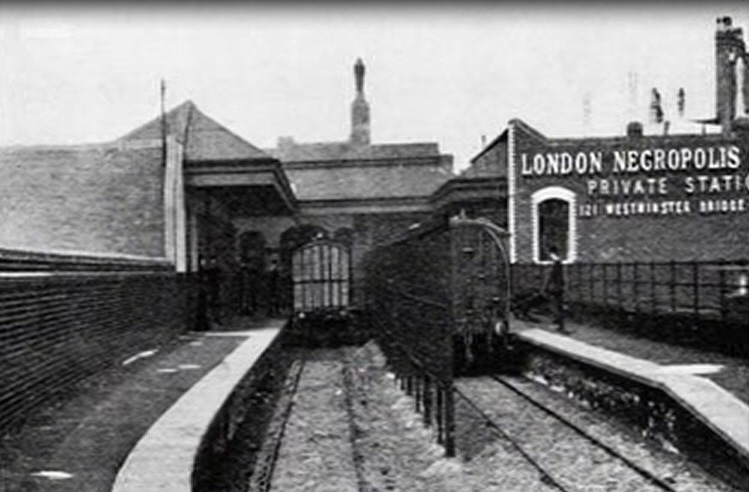paul stacey
master brummie
As a lad my dad would sometimes take me to Snow Hill tomwatch the "Dragons", and we would stand on the end of the platform facing the tunnels, and we would watch as the trains would rush through , in side with the fire box's reflecting off the sooty walls and with the steam and smoke they really did look like "Dragons", to a small boy.!!!
PAUL
PAUL














